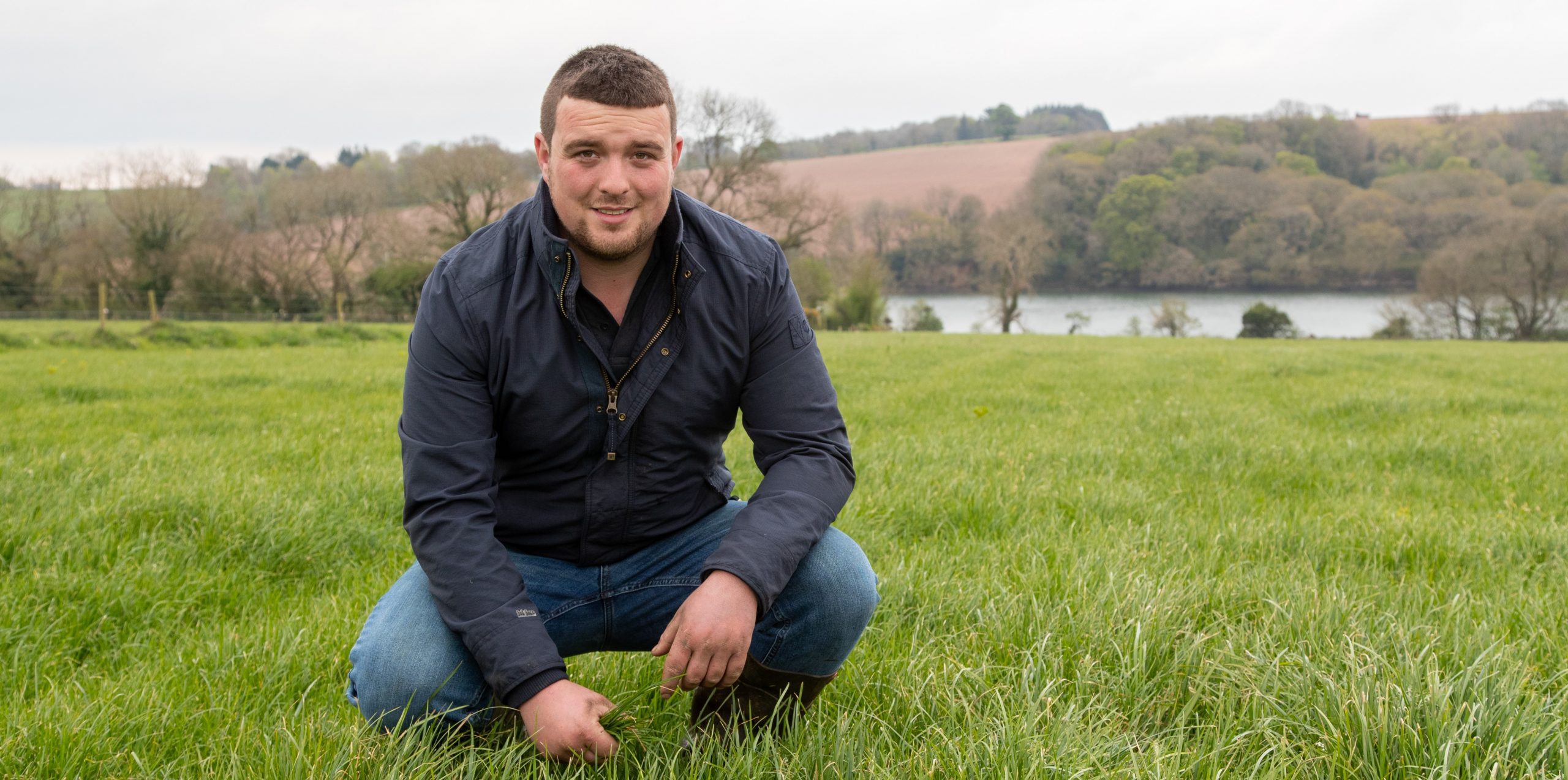Reseeding poorly performing leys is the most effective way to boost grassland performance. But, to be successful, reseeds need careful management.
If you have reseeded this autumn, now is the time to consider what you can do to gain the most from your newly sown ley. Careful management now contributes to the ley’s success across its lifetime resulting in a better return on investment.
Getting it right at this stage is easier and more cost-effective than waiting for the grass ley to mature and problems to develop. It can take up to a year for a newly sown ley to establish fully so monitor it carefully to pick up problems early.
Effective weed and pest control
In autumn, there can be an increased risk of pests such as frit flies, leather jackets and slugs, often specific to certain situations. For example, an increased incidence of slugs is more commonly associated with direct drilling. Monitor reseeds carefully for pests and seek expert advice if needed.
There can also be significant competition from weeds in autumn reseeds so check newly sown grass leys regularly for signs of weed growth. Even a small infestation of problem weeds, such as chickweed and seedling docks, can impact grassland productivity so it’s worth controlling them early.
Weed control is best applied when grass is at the two-to-three-leaf stage. Use a herbicide suitable for newly sown leys and check the label for the grazing interval. Tackling weeds when they are smaller reduces potential damage to the newly sown ley making weed control more cost-effective in the long term.
Fertiliser requirements
Good soil fertility is not just essential for establishment, it also affects subsequent sward growth and development. Phosphorus is particularly important for root development and should be around index 2. Refer to your soil analysis before applying and check the cross-compliance rules regarding fertiliser use in autumn.
Grazing management
Careful grazing management encourages a newly sown ley to establish and tiller well. It also helps balance the grazing supply with stock demand. Allowing a reseeded ley to carry too high a cover for too long can reduce tillering and allow weeds to establish. Even grass leys intended for silaging should be grazed initially to encourage the sward to tiller.
The initial grazing after a reseed should be at covers around 2,200-2,500 kg/ha DM pre-grazing or the two-leaf stage. Subsequent grazings should be at pre-grazing covers of 2,600 -2,800 kg/ha DM, grazed down to your target average farm cover (AFC) prior to winter.
AFC depends on your spring grazing demands and time of turnout; earlier turnout requiring higher covers at closing. Consider grazing with light cattle or youngstock at this time of year to prevent overgrazing, damage to the sward and soil compaction.
Joe Doyle milks a 400-head spring-calving Holstein Friesian herd on 390 acres in Pembrokeshire. Regular reseeding helps the grass-based herd meet their milk from forage and production goals.

“We tend to reseed in autumn as it fits with our farm conditions and system,” explains Joe. “We always plan our reseeds carefully, taking care not to forget how we manage them before and after establishment.
"For us, the aim is getting the reseed well established early on before the weather starts to decline and problems become harder to address.
“Although we have less of a problem with weeds in our autumn reseeds, we can see problems with slugs following direct drilling. To combat this, we use slug pellets after drilling and monitor closely for any signs of slugs.
“Grazing the newly sown ley before winter is really important. It means the swards tiller well with minimal leftover material in spring and allows us to use all our available grazing.
"We normally aim to have seed in the ground by early August as this allows the cows to graze the new swards while conditions are still good. If this isn’t possible, we bring in sheep to graze the newly sown leys.”
Ask a grass and forage expert
